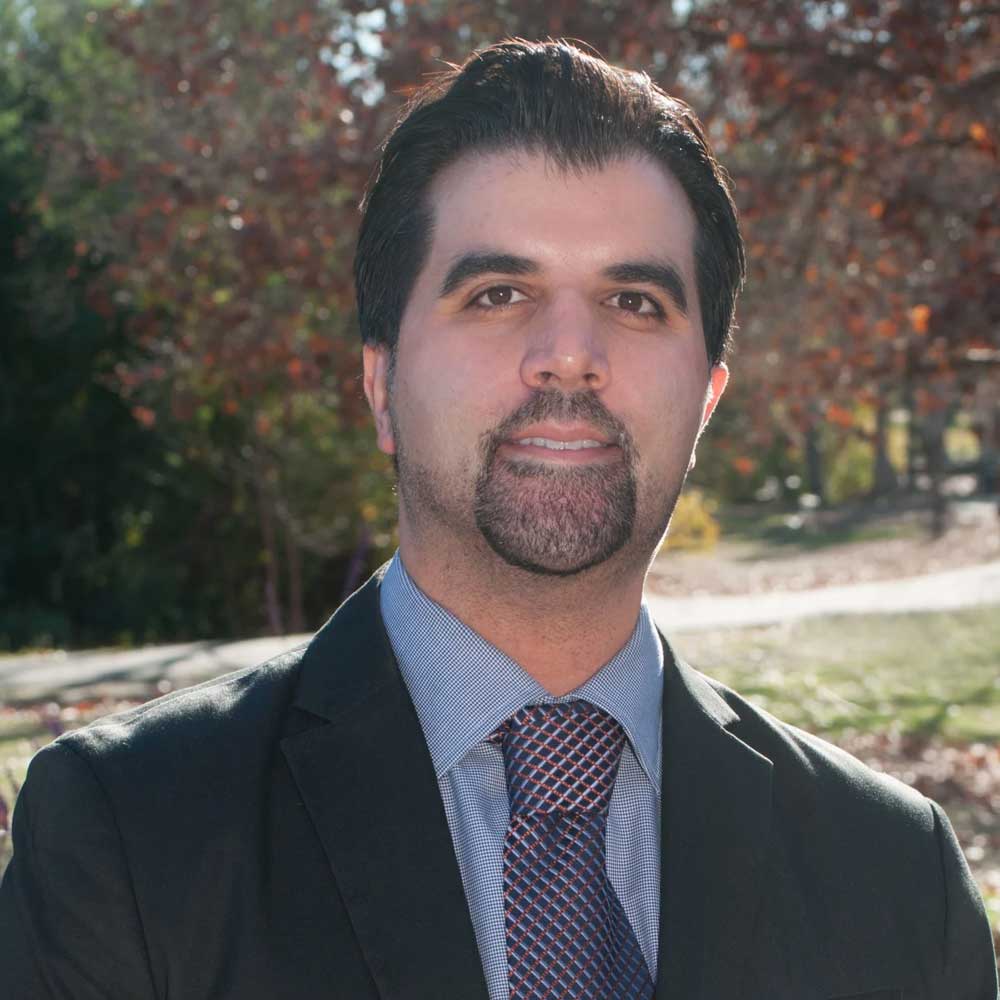Nitrous Oxide

Nitrous Oxide
Most children are calm, comfortable and confident in a pediatric dental office. The office is designed for young people, and pediatric dentists have additional training in caring for infants, children and adolescents. Staff members choose to work in a pediatric dental office because they like children and want to cater to their special needs. These elements combine to make your child feel relaxed and special.
Sometimes, however, a child may feel anxious before or during treatment. Your child may need more support than a gentle, caring manner to feel comfortable. Nitrous oxide/oxygen is a safe, effective sedative agent used to calm a child’s fear of the dental visit and enhance effective communication. Additionally, it works well for children whose gag reflex interferes with dental treatment.
Q: What is nitrous oxide/oxygen?
A: Nitrous oxide/oxygen (N2O-O2) is a blend of two gases — oxygen and nitrous oxide. A fitted mask is placed over the nose and, as the patient breathes normally, uptake occurs through the lungs. At the end of treatment, it is eliminated after a short period of breathing oxygen and has no lingering effects.
Q: How will my child feel when breathing nitrous oxide/oxygen?
A: Your child will smell a faint, sweet aroma and experience a sense of well-being and relaxation. Since it may produce a feeling of giddiness or euphoria, it is often called “laughing gas.” Children sometimes report dreaming and their arms and legs may feel “tingly.” It raises the pain threshold and may even make the time appear to pass quickly. If your child is worried by the sights, sounds or sensations of dental treatment, he or she may respond more positively with the use of nitrous oxide/oxygen.
Q: How safe is nitrous oxide/oxygen?
A: Very safe. Nitrous oxide/oxygen is perhaps the safest sedative in dentistry. It is well tolerated. It has a rapid onset, is reversible, can be adjusted in various concentrations and is non-allergenic. Your child remains fully conscious — keeps all natural reflexes — when breathing nitrous oxide/oxygen. He/she will be capable of responding to a question or request. Nitrous oxide/oxygen may also be used in combination with other sedative agents.
Q: Are there any special instructions for nitrous oxide/oxygen?
A: First, give your child little or no food in the two hours preceding the dental visit (occasionally, nausea or vomiting occurs when a child has a full stomach). Second, tell your pediatric dentist about any respiratory condition that makes breathing through the nose difficult for your child, as it may limit the effectiveness of nitrous oxide/oxygen. Third, tell your pediatric dentist if your child is taking any medication on the day of the appointment.
Q: Will nitrous oxide/oxygen work for all children?
A: Pediatric dentists know that all children are not alike. Every service is tailored to your child as an individual. Nitrous oxide/oxygen may not be effective for some children, especially those who have severe anxiety, nasal congestion, or discomfort wearing a nasal mask. Your pediatric dentist will review your child’s medical history, level of anxiety, and dental treatment needs and inform you if nitrous oxide/oxygen is recommended for your child. Pediatric dentists have comprehensive specialty training and can offer other sedation methods that are right for your child.
























